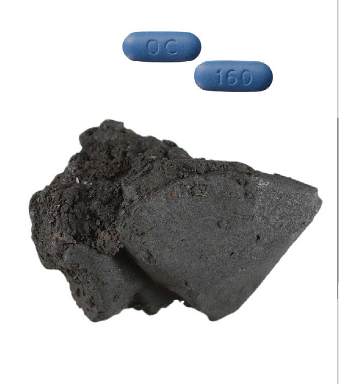3.2 Narcotics
What Are Narcotics?
Also known as “opioids,” the term “narcotic” comes from the Greek word for “stupor” and originally referred to a variety of substances that dulled the senses and relieved pain. Though some people still refer to all drugs as “narcotics,” today “narcotic” refers to opium, opium derivatives, and their semi-synthetic substitutes. A more current term for these drugs, with less uncertainty regarding its meaning, is “opioid.” Examples include the illicit drug heroin and pharmaceutical drugs like OxyContin, Vicodin, codeine, morphine, methadone, and fentanyl.
What is their origin?
The poppy Papaver somniferum is the source of all-natural opioids, whereas synthetic opioids are made entirely in a lab and include meperidine, fentanyl, and methadone. Semi-synthetic opioids are synthesized from naturally occurring opium products, such as morphine and codeine, and include heroin, oxycodone, hydrocodone, and hydromorphone. Teens can obtain narcotics from friends, family members, medicine cabinets, pharmacies, nursing homes, hospitals, hospices, doctors, and the Internet.

What are common street names?
Street names for various narcotics/opioids include:
Smack, Horse, Mud, Brown Sugar, Junk, Black Tat, Big H, Paregoric, Dover’s Powder, MPTP (New Heroin), Hilbilly Heroin, Lean or Purple Drank, OC, Ox, Oxy, Oxycotton, Sippin Syrup.
What do they look like?
Narcotics/opioids come in various forms, including:
Tablets, capsules, skin patches, powder, chunks in varying colors (from white to shades of brown and black), liquid form for oral use and injection, syrups, suppositories, and lollipops.
How are they abused?
Narcotics/opioids can be swallowed, smoked, sniffed, or injected.
What is their effect on the mind?
Besides their medical use, narcotics/opioids produce a general sense of well-being by reducing tension, anxiety, and aggression. These effects are helpful in a therapeutic setting but contribute to the drugs’ abuse. Narcotic/opioid use comes with a variety of unwanted effects, including drowsiness, inability to concentrate, and apathy.
What is their effect on the body?
Narcotics/opioids are prescribed by doctors to treat pain, suppress a cough, cure diarrhea, and put people to sleep. Effects depend heavily on the dose, how it’s taken, and previous exposure to the drug. Negative effects include: slowed physical activity, constriction of the pupils, flushing of the face and neck, constipation, nausea, vomiting, and slowed breathing.
As the dose is increased, both the pain relief and the harmful effects become more pronounced. Some of these preparations are so potent that a single dose can be lethal to an inexperienced user. However, except in cases of extreme intoxication, there is no loss of motor coordination or slurred speech.
Narcotics continue on the next page (chapter).
Source: Drugs of Abuse: A DEA resource guide (DEA, 2017)

